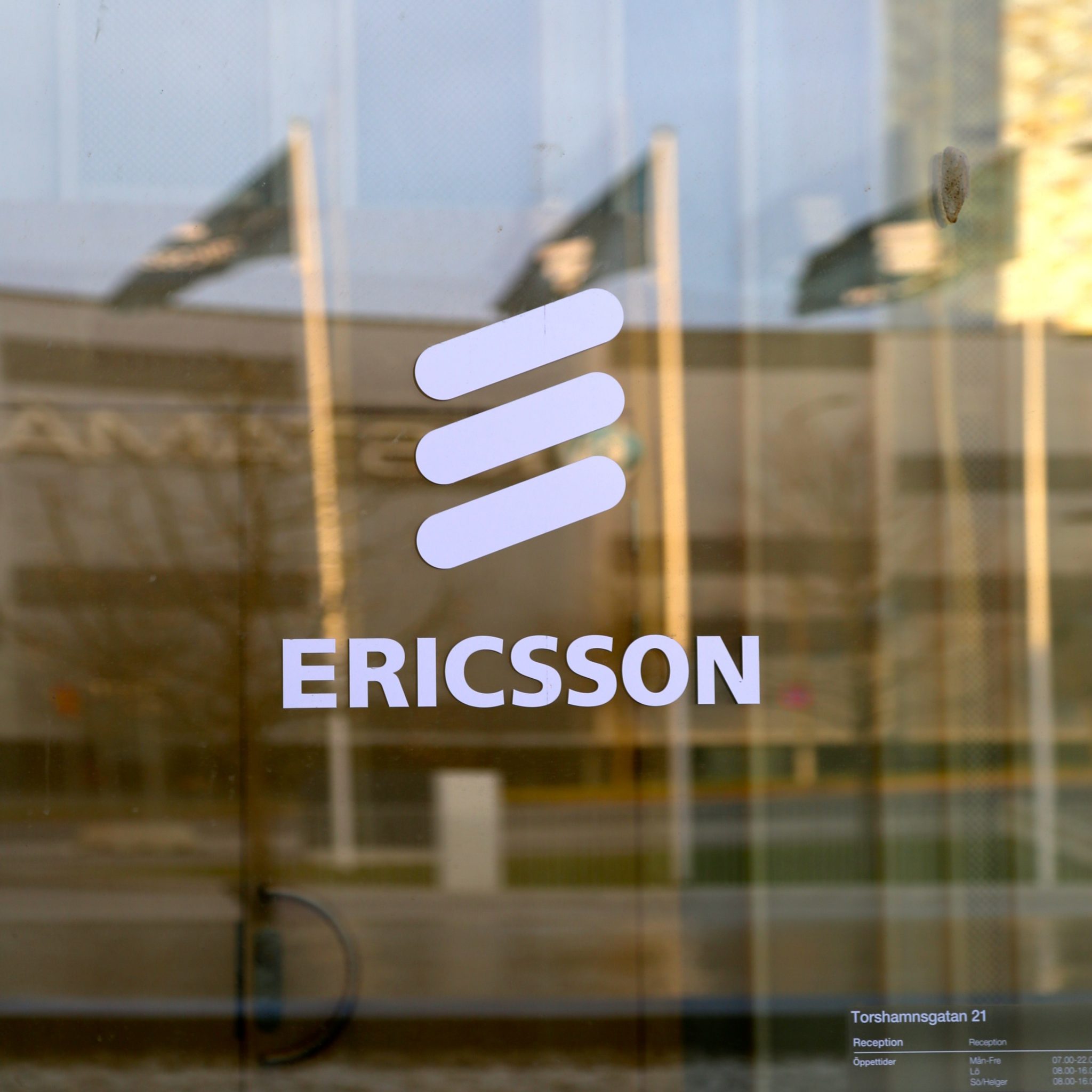Ericsson saw sales and profits rise in the fourth quarter, with 5G rollouts and market share gains driving growth for the Swedish vendor’s networks division.
For the full year 2020 Ericsson’s operating margin was 12.5%, hitting its target range two years ahead of the 2022 goal since starting a turnaround in 2017. Net profits soared to SEK 17.6 billion ($2.1 billion) in 2020 versus SEK 1.8 b ($215 million) in 2019.
In Q4, Ericsson reported sales of SEK 69.6 billion (or about $8.35 billion), growing 13% year over year with profits of SEK 7.2 ($864 million).
Network sales in the fourth quarter grew 20% organically, with high 5G activity in the U.S., and North East Asia, as well as Europe.
China was a driver of growth, with Ericsson CEO Börje Ekholm noting on the vendor’s earnings call that China is now the largest 5G market in the world “with clearly more than 100 million subscribers.”
RELATED: Ericsson’s 3Q earnings buoyed by 5G in China
Ekholm in an accompanying press release warned that Sweden’s’ decision to exclude Chinese vendors from the country’s 5G networks “may create exposure for our operations in China. Our business in 180 markets today has been built on free trade and open, competitive markets.“
Ekholm has spoken out before about Sweden’s ban and reportedly lobbied for a reversal.
Huawei is a major rival of Ericsson but the vendor is also a supplier in China, and secured 5G contracts with China mobile operators in 2020. North East Asia accounted for 18% of group sales in Q4, and increased of 32% year over year, which also included increased business in Japan.
Speaking about China on today’s earnings call, Ekholm said there are continuous ongoing 5G tenders. “We’ve possibly seen some hesitation and uncertainties among our customers…” but so far no significant impact at all.
RELATED: Ericsson is caught in cross-hairs between China, Sweden
“We think our customers would like to see us in the network and we see that overall moving along in quite a good way,” Ekholm said, noting that China is aggressively rolling out 5G. “So it’s an important market for us to be present in… more for a technology leadership point of view than possibly the volume.”
Ericsson’s chief executive also stressed that the industry needs to keep the global standard together and avoid fragmentation.
“The global standard has actually allowed the world to connect 8 billion subscribers onto one uniform standard,” Ekholm said.
As for North America, the region accounted for 27% of group sales, and saw a 10% increase year over year. Ericsson’s managed services sales continued to decline, citing consolidation in the U.S. market. T-Mobile and Sprint officially closed their merger April 1, 2020.
As for its cloud-native 5G core portfolio, Ericsson anticipates revenues to start in the next 12 to 18 months, noting “a very high win ratio.”
“So far we’ve only seen R&D costs with this new portfolio, so we are encouraged by the traction we have and expect to see revenues coming here… gradually during the year,” Ekholm said.
Ericsson is involved in all Tier One operators 5G rollouts and touched on the C-band auction concluding, but doesn’t expect that activity to start until later 2021.
The vendor has also turned more attention to enterprise in the past year, closing its $1 billion acquisition of Cradlepoint in Q4. Ericsson expects the purchase to negatively impact operating income by about 1% in 2021 and 2022.
RELATED: Ericsson closes $1B Cradlepoint purchase with eye on enterprise
Ongoing issues related to renewal negotiations and unpaid royalties for patent licenses could hit Ericsson’s operating income, between roughly $119 million – $180 million a quarter, and at the high end for the first quarter. Ericsson warned about this in December and filed a related lawsuit against Samsung.
Ekholm reiterated the company is still committed to next year’s targets, with 2021 expected to be an investment year as Ericsson aims to build a strong 5G platform for future growth and setting up for the long-term goal of 15-18% EBTIDA margins.













